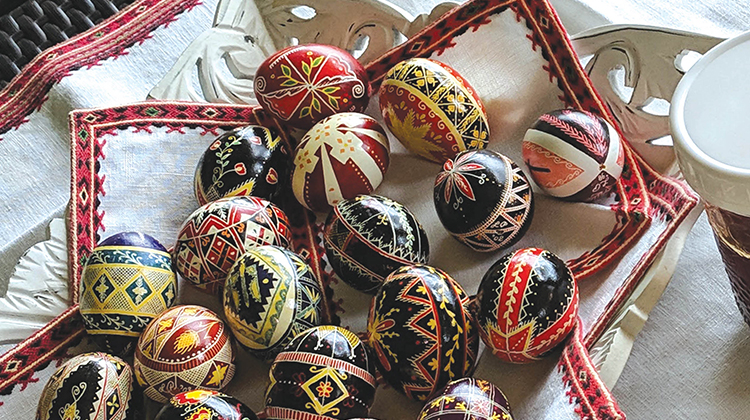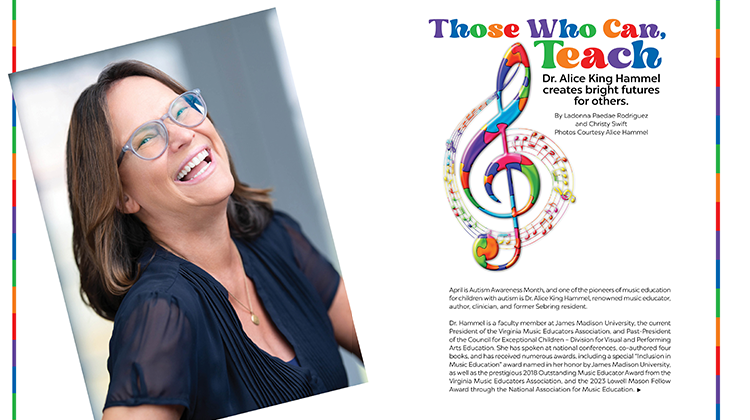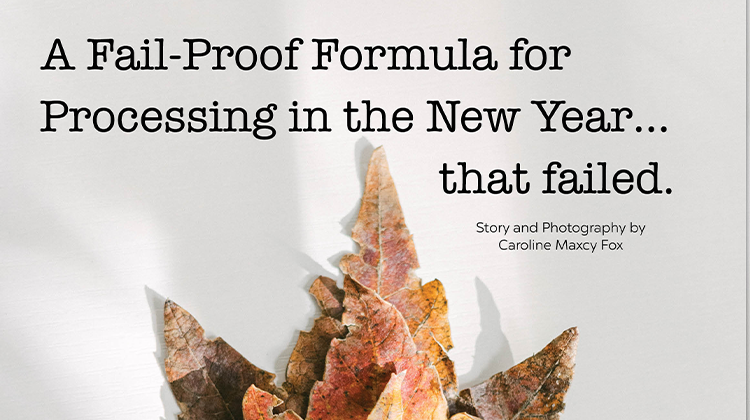By Christy Swift
Easter eggs in other households when I was growing up involved a Paas kit, a white crayon, and stickers. But in our house, with my mother’s Ukrainian heritage, Easter eggs weren’t just for fun. They were art. And they were our heritage.
When Ash Wednesday arrived each spring in our Catholic household, the Easter egg supplies came out. My mom, Lucia Paul (nee Shewchuck), would order the little packets of dye in colors like Yellow, Orange, Brick, Red, Green, Navy Blue, and Black. She’d lay out the kitskies, or styluses, with the stained wooden handles and metal tips that we would use to draw on the eggs with beeswax. Some had a thinner hole at the tip for more precision work, while beginners did better with a wider hole. She even had a thick, homemade “stylus for little hands” fashioned by her father, my grandfather, Joseph Shewchuk.

We usually started with a plain white chicken egg at room temperature, although theoretically you could use any egg. My mother would buy medium or large eggs rather than extra-large as the smaller ones had thicker shells and were less likely to crack. My brother Jimmy and I would page through her pysanka books (pysanka or pysanky is the official name of the art), choosing our designs. Every symbol had meaning, giving the eggs a chance to tell a story or offer a wish or blessing. The books also helped us maintain the authentic look of pysanka by matching the Eastern European styles.

Heating the metal tip of my stylus, we’d melt beeswax into the hole at the back of the stylus’ head and carefully draw flowers, dots, nets, trees, crosses, a stalk of wheat, or animals onto the white shell. Melted wax would flow out of the tip as we dragged it across the surface of the egg. Once the wax touched the eggshell, forevermore what was underneath that wax would remain white. If you made a mistake, scraping the wax off didn’t work. There were no take-backs. Ukrainian Easter egg- making was a lesson in patience, care, adaptability, and occasional heartbreak.

Once you were done drawing everything that you wanted to stay white on your egg, you’d place it on a soup spoon and carefully lower it into the lightest color dye you planned to use (usually yellow). After several minutes, the same spoon would retrieve a bright, golden-colored egg. Whatever designs you drew on the egg at this point would remain yellow. You’d repeat this process for one or two more dye colors.
Once the final dye color was dry, you’d grab a roll of paper towel and gently hold the egg up to a candle flame. As the heat re-melted the beeswax, you’d wipe it off with the paper towel, revealing the colorful, intricate designs underneath. Lastly we’d blow out the contents (that’s a whole article in itself) and my mother would varnish them and lay them to dry on a wooden board studded with nails (also made by my grandfather).
Viola! The best Easter eggs on the block.







